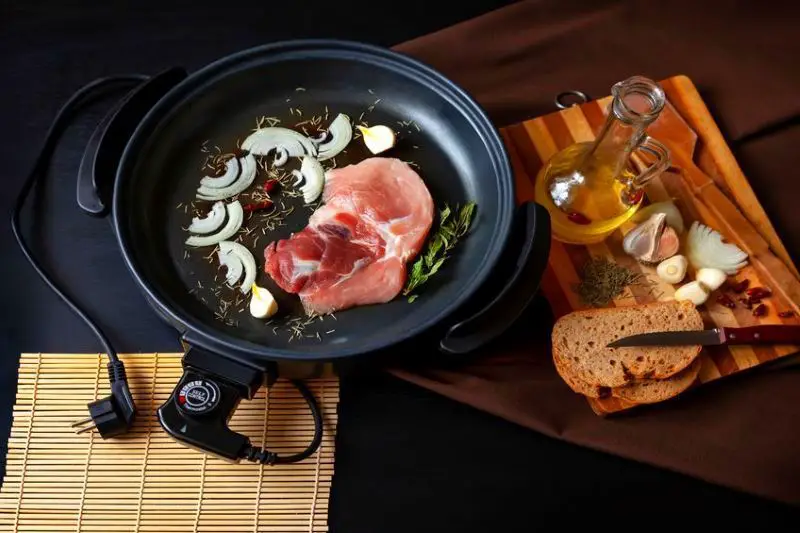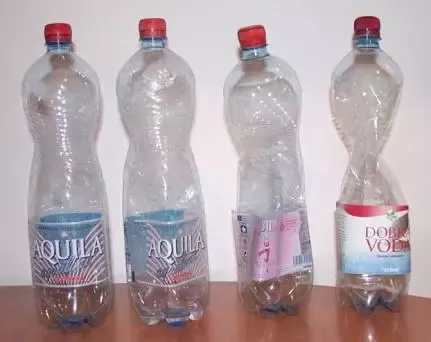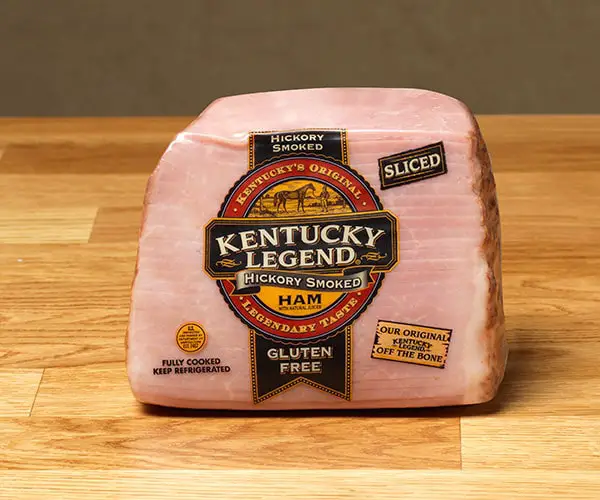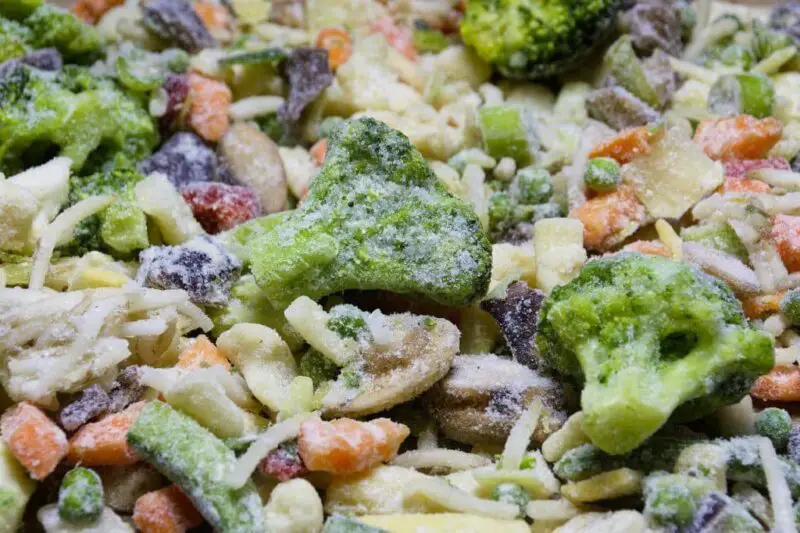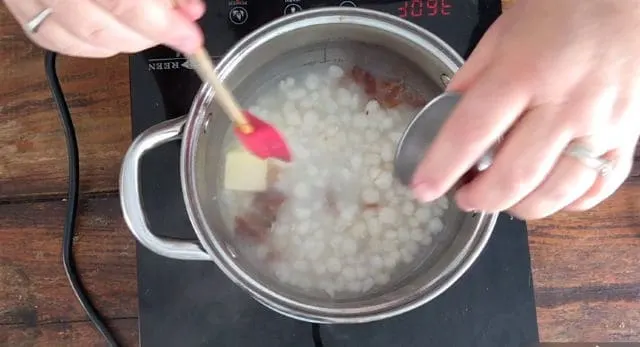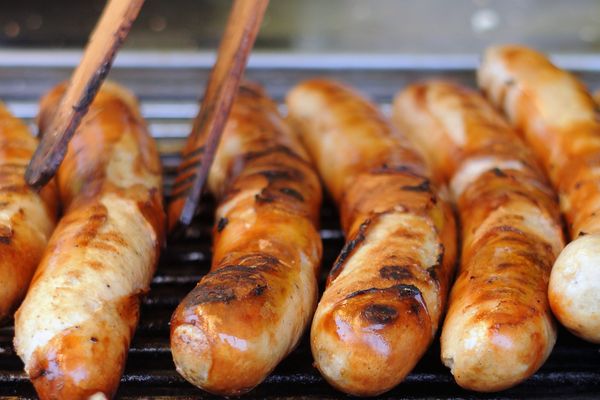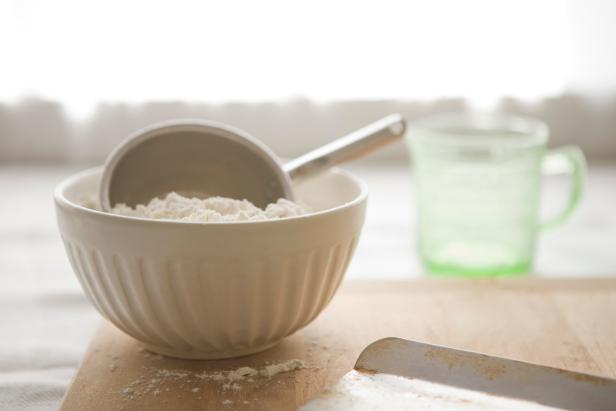Electric skillets and slow cookers are both essential kitchen appliances that save time and simplify cooking. They are designed to make meal preparation easier and more convenient. However, there is often confusion about whether an electric skillet can be used as a slow cooker.
In this article, we will explain what electric skillets and slow cookers are, examine the benefits and drawbacks of using each appliance, compare their similarities and differences, determine if electric skillets can be used as slow cookers, and outline how to use an electric skillet as a slow cooker.
Understanding an Electric Skillet
Definition and overview of an electric skillet
An electric skillet is a kitchen appliance that functions like a stovetop frying pan or skillet but has a heating element built into the base. It is available in various sizes, shapes, and materials such as cast-iron, stainless steel or porcelain-coated steel.
Different types of electric skillets
There are several types of electric skillets available in the market:
- Standard Electric Skillet: This type plugs into an electrical outlet and provides heat via a heating element located in its base.
- Multi-Cooker Electric Skillet: This model offers different cooking methods such as sautéing vegetables or steaming food.
- Reversible Grill/Griddle Electric Skillet: These models have two cooking surfaces for cooking pancakes or making sandwiches.
- Foldaway Electric Skillet: Designed to reduce storage space when not in use; it folds conveniently to fit inside cupboards.
How to use and maintain an electric skillet
Using an electric skillet is easy:
- Firstly, plug-in the power cord.
- Next set your preferred temperature on the thermostat dial.
- Wait for the skillet surface to get hot.
- Add some oil or butter according to your recipe instructions 5.Cook your ingredients 6.Apply gentle pressure occasionally using a spatula to get an even cook.
Maintaining your appliance follows these this:
- Turn off and unplug the skillet.
- Let it cool before cleaning.
- Use a soft sponge or cloth and dish soap to clean the interior.
- To clean exterior, simply wipe using a damp towel
- Store the skillet properly.
###Benefits and Drawbacks of Using an Electric Skillet
Advantages of using an electric skillet
- Convenience: It is easy to use, quick to heat up and takes less than 2 mins of pre-heating unlike stovetops that take at least 15 minutes to warm up.
- Versatility: Similar to frying pans, electric skillets can be used for several recipes like stir-fry dishes, pancakes or scrambled eggs in some cases they perform better with non-stick coating.
- Temperature control: Unlike conventional stovetops that respond slowly, electric Skillets allow precise temperature adjustments.
Disadvantages of using an electric skillet
- Limited Capacity: The size of ingredients that you can cook inside the skillet is limited by its size; Its compact make lacks deep sides which gets in the way while cooking certain ingredients while handles from large amounts of steam being released into your surroundings — making it difficult to prepare food that requires cover.
- Uneven heating: Electric skillets aren’t known for having even distribution of heat across all parts; most are warmer in the center than along the edges, causing more effort when switching ingredients around as you cook.
- Not suitable for certain foods: You won’t be able to achieve desired roast qualities with some meats due to uneven heating.
Understanding a Slow Cooker
Definition and overview of a slow cooker
A slow cooker is also known as a crock-pot; it’s designed primarily for low-heat cooking over an extended period (potentially several hours). A slow cooker features a heat-generating vessel with a glass-lid cover which traps moisture while allowing you to monitor your food as it cooks.
Different types of slow cookers
Slow cookers come in different sizes, shapes, and designs; some are better suited for specific needs or instances:
- Basic slow cooker: The most basic model is designed for low-cost meal preparation and features no complex programming.
- Programmable Slow Cooker: This model offers additional programmable functionality that makes meal planning more convenient.
- Pressure Cooking Slow Cooker: This model combines the functionalities of an electric pressure cooker and a crock-pot making it’s perfect if you need quick yet tasty meals.
- Casserole Slow Cooker: This model comes with its detachable pot ideal for cooking one-pot dishes such as mac & cheese.
How to use and maintain a slow cooker
Using a slow cooker is simple:
- Add ingredients to the pot.
- Set your preferred temperature setting
- Cover with lid and let the appliance work.
- Serve once cooking time elapses.
Maintaining your appliance follows this process:
- Allow the cooker to cool before cleaning
- Remove any large chunks of food stuck-on surfaces using a scraper or spatula
- Clean both inner—pot as well as outer body using an all-purpose cleaner 4.Dry thoroughly with a clean cloth.
Benefits and Drawbacks of Using a Slow Cooker
####Advantages of using a slow cooker
- Saves time: You can do other things while your food cooks on its own since it takes time to make meals within its environment; it frees you up to do other chores without worrying about constantly stirring the pots on stovetops
- Easy to use: Unlike electric skillets or stovetop pans, slow cookers don’t require constant attention due to their set-and-forget style means you don’t have to check on your dish at every opportunity.
- Retains nutrients in food: Since cooking is done evenly and efficiently, it helps ensure that essential minerals and vitamins remain intact.
Disadvantages of using a slow cooker
- Long cooking times: The cooking process can be quite lengthy, not ideal when you’re starving.
- Capacity limitations: Depending on the size of the appliance some can only cook certain portions meaning more than one cook may mean higher electricity or gas bills.
- Can cause overcooked or dry food: Putting too much water or not keeping the temperature low enough can result in soggy meals which are unappetizing—unless, of course, you know how to prepare them.
Similarities Between Electric Skillets and Slow Cookers
Capacity and Size
Both electric skillets and slow cookers come in different sizes to accommodate various capacities. That way, they provide options for both smaller households as well as larger families.
Cooking Methodology
Electric skillet and slow cookers offer simple cooking methods that are best suited for low-maintenance meal preparation. You simply place ingredients within these appliances without having to stir too often; they allow consistent temperature control ensures evenly cooked dishes.
Material Build-up
Both are designed with non-stick interiors; a significant reason is that this makes cleaning much easier since there exists no remnants sticking around inside the cooker.
Differences Between Electric Skillets and Slow Cookers
Cooking Temperatures
Electric skillets generally heat up faster than slow cookers due to their design. Slow cookers need longer heating periods because of their set—and-forget mechanism, but this ensures better breakdown of meats resulting in highly tender meats despite requiring time.
Cooking Times
Slow cookers generally require longer cooking times compared with electric skillets; it’s part of what makes them so convenient since “set and forget” can mean eight or more hours of cooking without any supervision. This extra time guarantees that foods are cooked carefully and evenly.
Level Of Attention Needed
Electric skillets tend to require more attention when cooking. They’re ideal for people who like to keep moving around while preparing their meals; still, they need to be stirred regularly and monitored closely to avoid burning ingredients. Slow cookers, on the other hand, tend to allow more flexibility as they don’t require lots of human attention during the cooking process.
Can You Use An Electric Skillet As A Slow Cooker?
While the electric skillet isn’t marketed as a slow-cooking device, you can still use it despite being smaller than a traditional slow cooker. Ideally, both appliances follow different concepts when preparing food though, but similar enough in general functionality that the skillet is useful as an alternative in some applications.
Factors That Determine Suitability
Heated Base And Adjustable Thermostat
To determine if your electric skillet can double up as a slow cooker then look for an adjustable thermostat and a pan that heats uniformly across its surface area so that heat is distributed evenly inside this small shell,— choosing a pot that has external heating elements coupled with non-stick coating gives better performance.
Capacity Need And Type Of Recipe
Not all recipes can work well with an electric skillet due to its size limitations; certain foods will likely end up cooking unevenly. But if you’ve got a recipe best suited for a large crockpot then an electric skillet may not be durable enough irrespective of its heating method.
Ingredient’s Type And The Particular Dish To Prepare
Since electric skillets have proved effective over time at maintaining temperature control when using oil-, butter- or water-based recipes that do not necessitate deep frying or braising recipes like stews …continue reading on how to use an electric skillet as a slow cooker.
Step-by-step Guide on How to Convert Your Electric Skillet into a Slow Cooker
Preparing the Food
- Cut ingredients need for your recipe to suit electric skillet size.
- Season them to taste.
Heating the Skillet
- Plug in the electric skillet’s power cable
- Set cooking temperature at 250°F (120°C) equivalent to Keep Warm 3.Fill Up To Half with water or broth
Adding Some Liquid
Depending on your recipe, you can choose water, chicken, beef, or vegetable broth mixed with suitable spices based on desired taste preference—before fluid — start by sautéing onions and bell peppers for aromatics. Monitor them from time-to-time.
Setting the Temperature
Since an electric skillet isn’t designed explicitly for slow cooking, it may not naturally hold a consistent low temperature like slow cookers. Therefore, you need precision to ensure that it simmers at the lowest possible setting without boiling over. Alternatively, you can switch between lower settings in case of higher heat indications.
For best results depending on instruction of recipe set temperature at HIGH until liquid heats – then switch heating control to LOW or WARM mode.
Slow Cooking Time
Slow-cooking relies mainly on long hours of low-heat cooking; your food’s texture depends solely on this. After adding liquids and adjusting temperatures as required you’re now free to walk-away with no need to monitor your dish until completion time has been reached defined in specific recipes.
The cooking time needed typically takes 8 – 10 hours on lowest setting but will vary depending on whichever recipe is used.
Conclusion
In conclusion, using an electric skillet as a slow cooker is possible and helpful if chosen well despite some general drawbacks associated with all gadgets aimed at shortening meal preparation times. Before you decide to explore this creative option, consider factors such as the type of recipe you’re preparing, capacity requirements for your dish’s ingredients size and amount and skillet’s specific types of recipes it does best to prevent under/overcooking.
Electric skillets undoubtedly save time while slow cookers bring out the distinct flavors in food. As always, it’s a matter of personal preference— whether choosing between efficiency versus flavor – or ideally—both. If prepared well, electric skillet meals can be just as delicious and nutritious as those prepared using traditional slow-cookers..
Q&A
Can You Replace a Slow Cooker with an Electric Skillet?
Q1: What is an electric skillet?
An electric skillet or frying pan is a kitchen appliance that can be plugged in and used to cook a wide variety of foods. These skillets are similar to stovetop versions but can be controlled using knobs or dials, and have their own heat source.
Q2: Can you use an electric skillet as a slow cooker?
Yes, you can! Although it’s not the primary function of an electric skillet, many models come with temperature controls that allow for low-temperature cooking. By adjusting the settings on your skillet and monitoring it closely, you can easily prepare slow-cooked meals without investing in an additional appliance.
Q3: Are there any limitations to using an electric skillet as a slow cooker?
One limitation of using an electric skillet as a slow cooker is its size. Most skillets do not have enough capacity for larger cuts of meat or full-sized roasts. Additionally, since these appliances aren’t designed specifically for slow cooking, they may take longer to reach and maintain lower temperatures than dedicated slow cookers.
Q4: Are there any benefits to using an electric skillet as a slow cooker instead of buying a separate one?
Using an electric skillet as a slow cooker presents several benefits, including space-saving and cost-effectiveness. Since most people already own skillets for everyday cooking, there’s no need to invest in another appliance. Additionally, since they’re so versatile, you’ll likely find plenty of other uses for your skillet when it’s done being used as a slow cooker. Overall, while it may not be the best option if you plan on cooking large portions frequently, it’s still worth considering if you’re looking for ways to save counter space and cut down on kitchen clutter.
